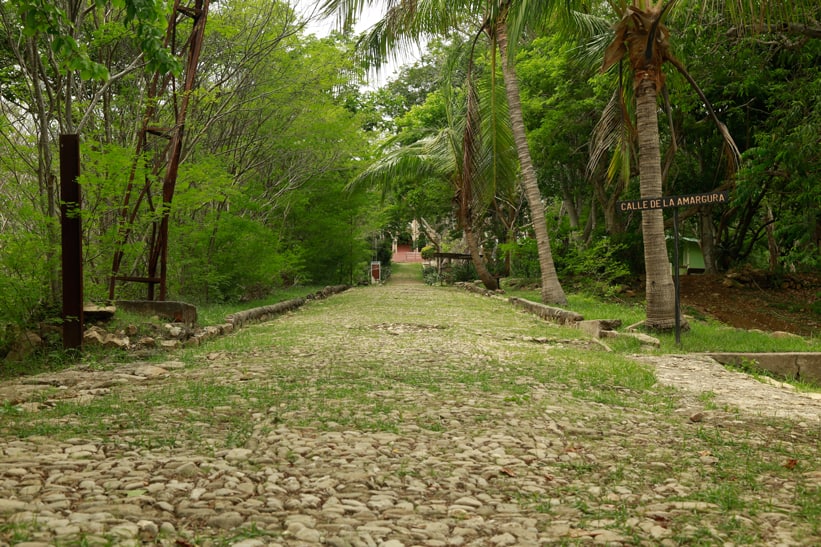The National System of Conservation Areas (SINAC) and the U.S. National Park Service on Thursday agreed to partner San Lucas Island and the Golden Gate National Recreation Area as sister parks.
The two conservation areas are united by virtue of having contained legendary prisons: San Lucas, in the Gulf of Nicoya, from 1873-1991, and Alcatraz, in the San Francisco Bay, from 1859 to 1963.
With the partnership, “both institutions commit to work together to promote cooperation and support for the mutual benefit of the twinned parks.”
“It is intended to enrich the experiences and capacities of the personnel who work in these sites, through projects and other cooperation initiatives, through the exchange of technical and professional knowledge, information, data, technology, training and experience,” the Presidency explains.
First Lady Claudia Dobles, who participaed in the signing ceremony, said the partnership will help Costa Rica position San Lucas Island “as a sustainable tourist attraction and a focus for economic reactivation, thanks to its link with production chains both in the Gulf of Nicoya and in Puntarenas.”
The U.S. National Parks Service (NPS) and the Environment Ministry (MINAE) have cooperated since the 1970s on conservation areas.
Isla San Lucas: Costa Rica’s newest national park
San Lucas Island, located in the Gulf of Nicoya, reopened to visitors as part of the “San Lucas Island Reactivation Route” led by Dobles.
As part of the recent renovations, San Lucas Island has new trails and better sanitary services to attend to guests.
Island was once ‘hell on earth’
San Lucas Island was the location of a prison “so infamous it made Alcatraz look like Club Med,” as The Tico Times wrote in a 2016 story. As we explained then:
A 40-minute boat ride from Puntarenas, San Lucas was chosen to be a prison island by the dictator Tomás Guardia in 1873. For over 100 years, the worst of the worst of the country’s criminals (and apparently some innocents too), were banished to this Costa Rican Devil’s Island to endure brutal tortures and inhuman conditions. It finally closed in 1991.
And then this hell on earth, like a well-behaved prisoner, became successfully rehabilitated as a wildlife refuge. For tourists today, it’s a chance to explore both the natural riches of a Costa Rican island and a dark but fascinating history.
You’ll take a stroll down the appropriately named “Street of Bitterness” (Calle de la Amargura) when you first arrive on the island. You’ll see the medium- and maximum-security cells, whose walls are home to countless drawings depicting the pain, hatred and despair of its former tenants.
You can even see the old torture chambers — deep holes or tiny cells where misbehaving prisoners were forced to spend days immersed in rainwater, sewage and lime.
In addition to learning about the island’s not-so-pleasant history as a prison, visitors to San Lucas can spot plenty of wildlife. A 2006 visit from Universidad Nacional (UNA) researchers found dozens of native species, including monkeys, snakes and anteaters.






